The traditional dress of Kashmir reflects the rich cultural heritage and ethnic diversity of the region. The clothing style in Kashmir is influenced by its climatic conditions, historical background, and the cultural practices of the local communities. The traditional attire of Kashmiri men and women is not only a symbol of their identity but also a beautiful representation of their artistic craftsmanship.
In this comprehensive guide, we will explore the traditional dress of Kashmir, including its significance, styles, and variations, highlighting the beauty and charm of this age-old cultural attire.
Traditional Dress of Kashmiri Men:
Phiran: The Phiran is the most iconic and popular traditional dress worn by Kashmiri men. It is a loose, long-sleeved gown that falls below the knees and is often made of wool to provide warmth in the cold winters of the region. The Phiran is worn over a traditional kurta and is tied with a cloth belt at the waist. It is commonly worn by men of all ages and is available in various colors and designs.
Poots: Poots are traditional baggy trousers that are worn underneath the Phiran. These trousers are wide and comfortable, allowing ease of movement. Poots are usually made of wool or cotton and are an essential part of the traditional Kashmiri attire for men.
Loi: The Loi is a traditional cap worn by Kashmiri men, especially during the winter months. It is typically made of wool and is known for its intricate embroidery and colorful patterns. The Loi adds an elegant touch to the overall traditional look.
Traditional Dress of Kashmiri Women:
Pheran: Similar to the men's Phiran, the Pheran is a loose, long-sleeved gown that is the quintessential traditional dress for Kashmiri women. It is usually made of silk or cotton and is adorned with beautiful embroideries and designs. The Pheran is often paired with a matching headscarf or Dupatta.
Taranga: The Taranga is a traditional headscarf or Dupatta worn by Kashmiri women to cover their heads. It is made of fine silk or cotton and is embellished with intricate embroidery and tassels, adding grace and elegance to the overall attire.
Shalwar: The Shalwar is the traditional trousers worn by Kashmiri women. It is loose-fitting and comfortable, allowing freedom of movement. The Shalwar is usually made of cotton and is available in various colors and designs.
Traditional Kashmiri Jewelry:
Kashmiri women are known for their exquisite taste in jewelry, and traditional ornaments play a vital role in completing their attire. Some of the most popular traditional Kashmiri jewelry pieces include:
Dejharoo: Dejharoo is a traditional Kashmiri earring, usually made of gold or silver, and is adorned with precious stones and pearls. It is worn by women on special occasions and adds a touch of glamour to their overall look.
Tikka: The Tikka is a forehead ornament that is worn by Kashmiri women during weddings and other festive occasions. It is typically made of gold or silver and is studded with gemstones and pearls.
Haar: The Haar is a traditional necklace that is worn by Kashmiri women. It is usually made of gold and is designed with intricate patterns and gemstones, making it a prized possession for women.
Nath: The Nath is a nose ring that is worn by Kashmiri women, especially during weddings. It is usually made of gold and is adorned with pearls and gemstones, adding charm to the bride's face.
Cultural Significance of Traditional Dress:
The traditional dress of Kashmir holds deep cultural significance. It not only represents the region's artistic craftsmanship but also reflects the harmony and unity among different communities. The attire is not just a means of clothing but a symbol of identity, pride, and cultural heritage for the people of Kashmir.
The Phiran, with its loose and comfortable design, is well-suited for the cold climate of the region. It reflects the practicality and adaptation to the weather conditions that have been passed down through generations.
The intricate embroidery and designs on the traditional attire represent the region's rich cultural tapestry and artistic skills. The use of vibrant colors and patterns signifies the celebration of life and the joyous spirit of the Kashmiri people.
Contemporary Adaptations:
While the traditional dress of Kashmir remains a significant part of the region's cultural identity, contemporary adaptations, and influences have also made their way into the fashion scene. Modern variations of the Phiran and Pheran, made from lighter fabrics and featuring contemporary designs, are now popular among the younger generation.
Additionally, Kashmiri women often pair their traditional attire with modern accessories to create a fusion of traditional and contemporary fashion.
Conclusion:
The traditional dress of Kashmir is a beautiful reflection of the region's cultural heritage and artistic brilliance. The Phiran and Pheran are not just garments but representations of the warmth and hospitality of the Kashmiri people. The exquisite jewelry adds a touch of elegance and grace to the attire, making it a celebration of life and beauty.
In the changing times, the traditional dress of Kashmir continues to evolve, blending traditional aesthetics with modern sensibilities. Nonetheless, it remains an integral part of the region's cultural identity and a symbol of pride for the people of Kashmir. The traditional attire continues to be cherished and celebrated, preserving the rich cultural heritage of this enchanting land.
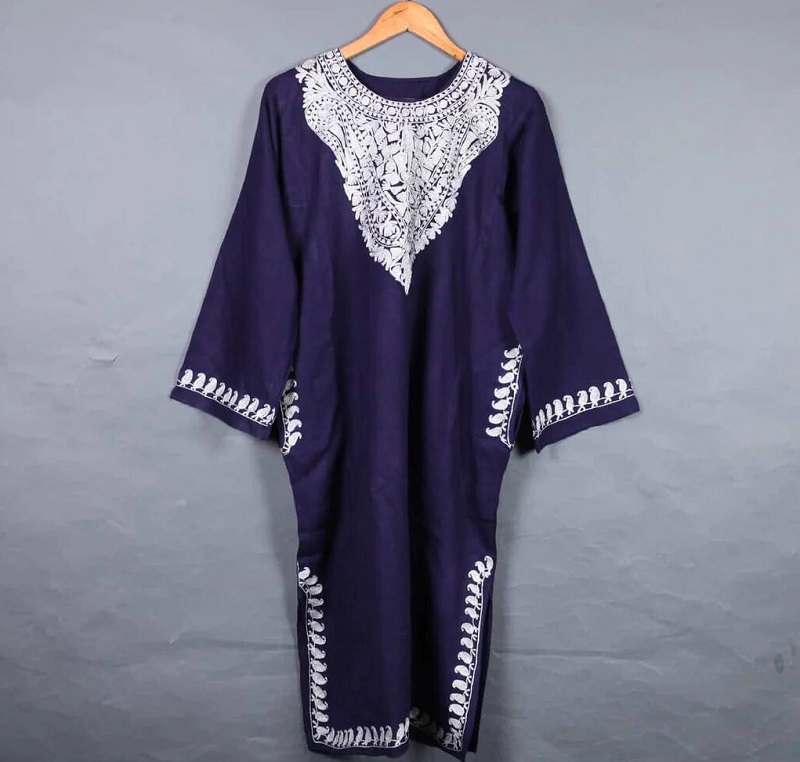
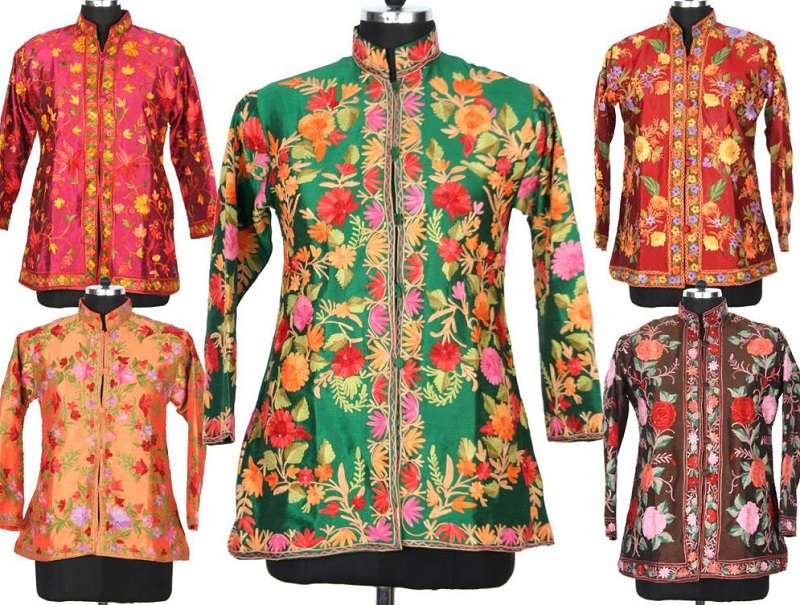
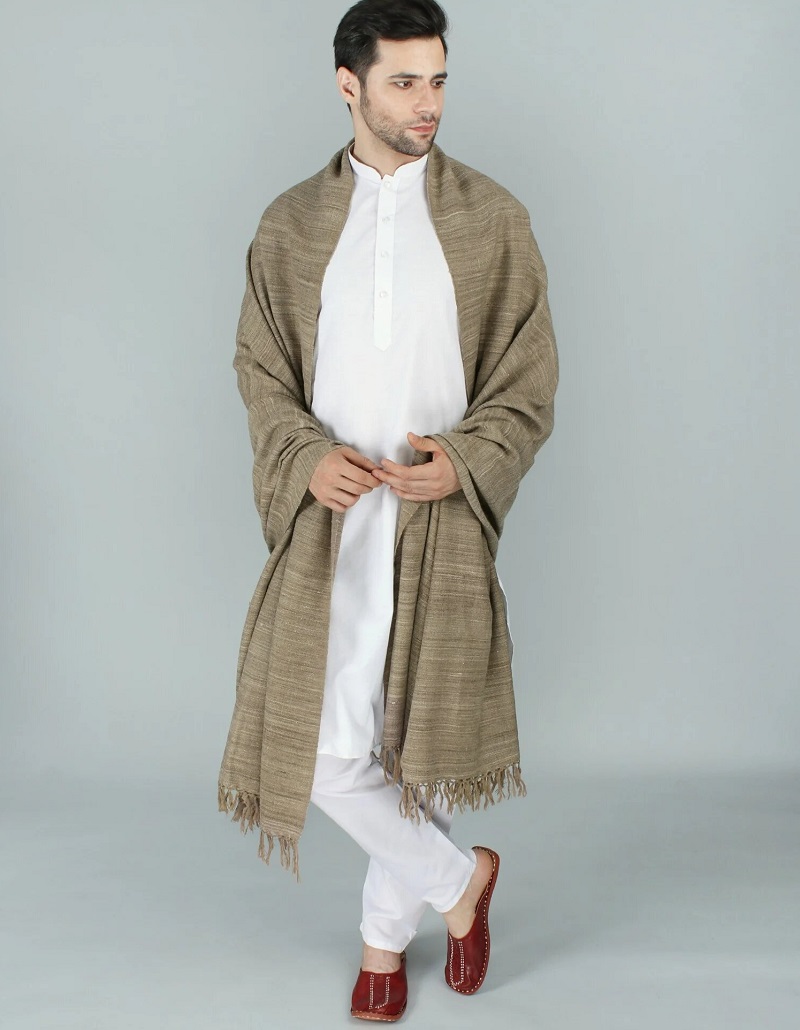
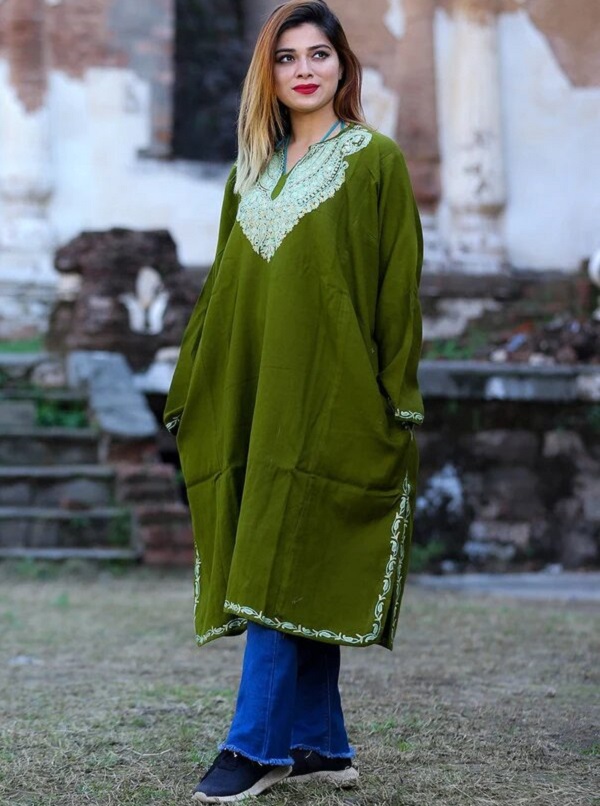
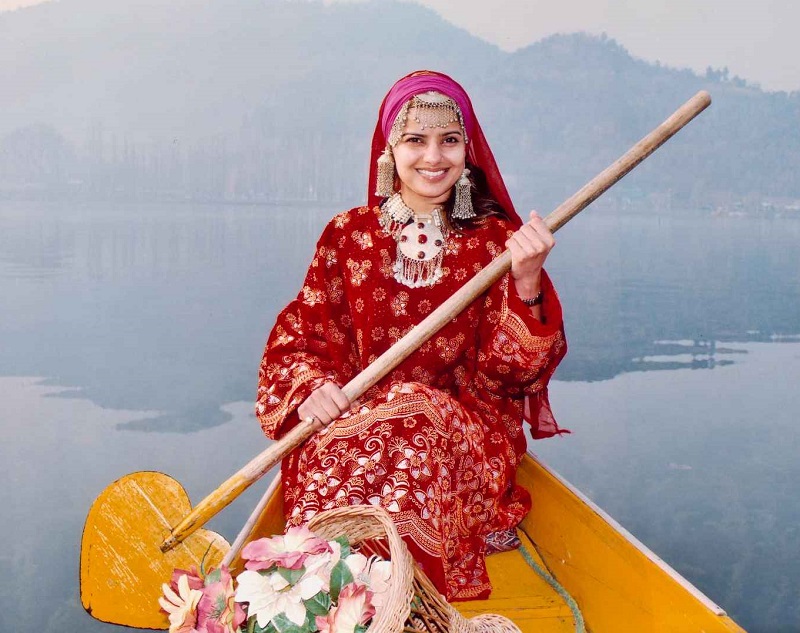

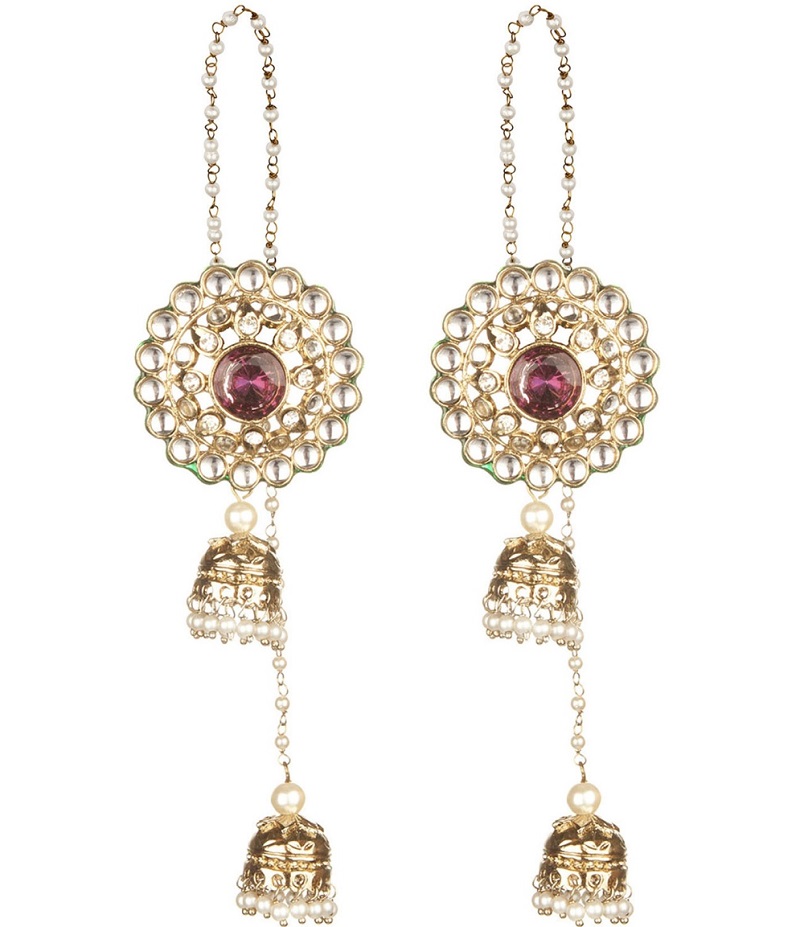
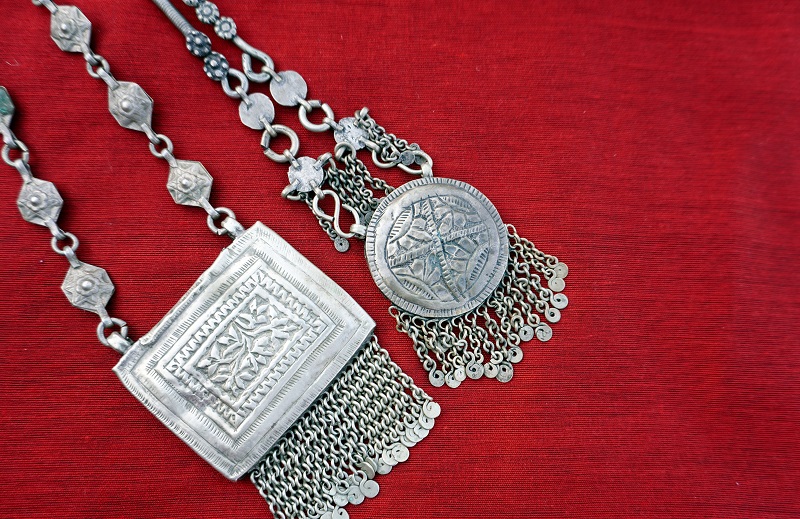
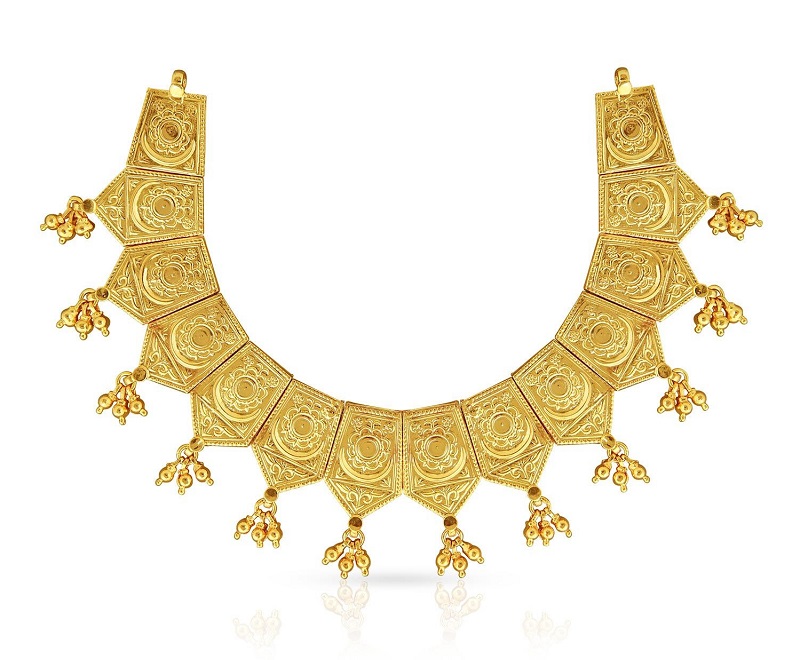
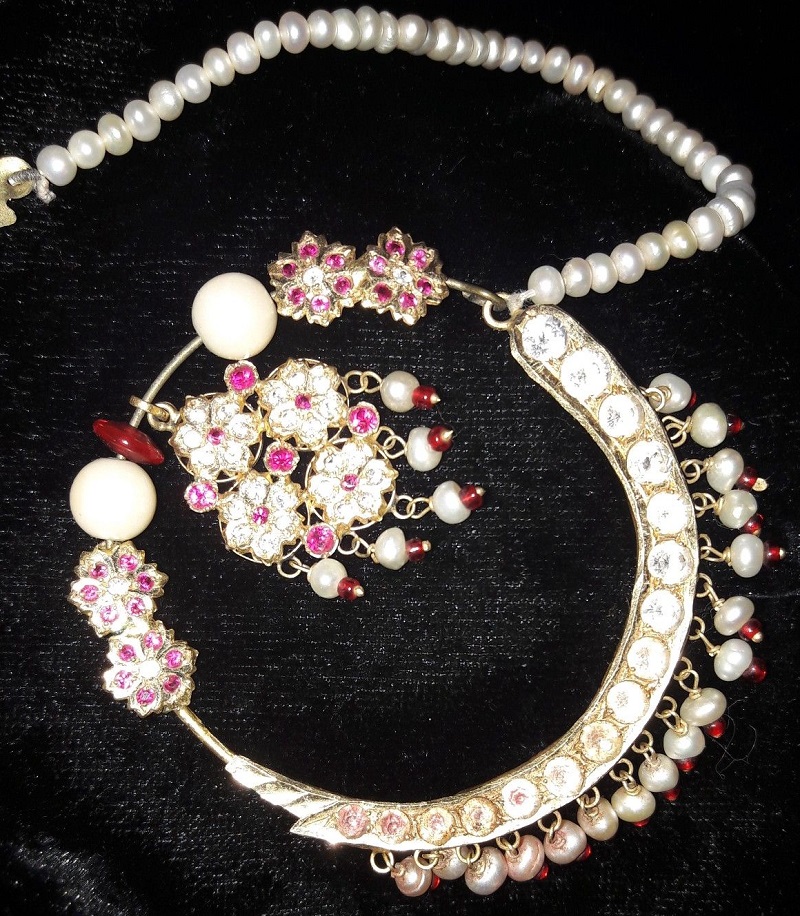
Comments
Post a Comment